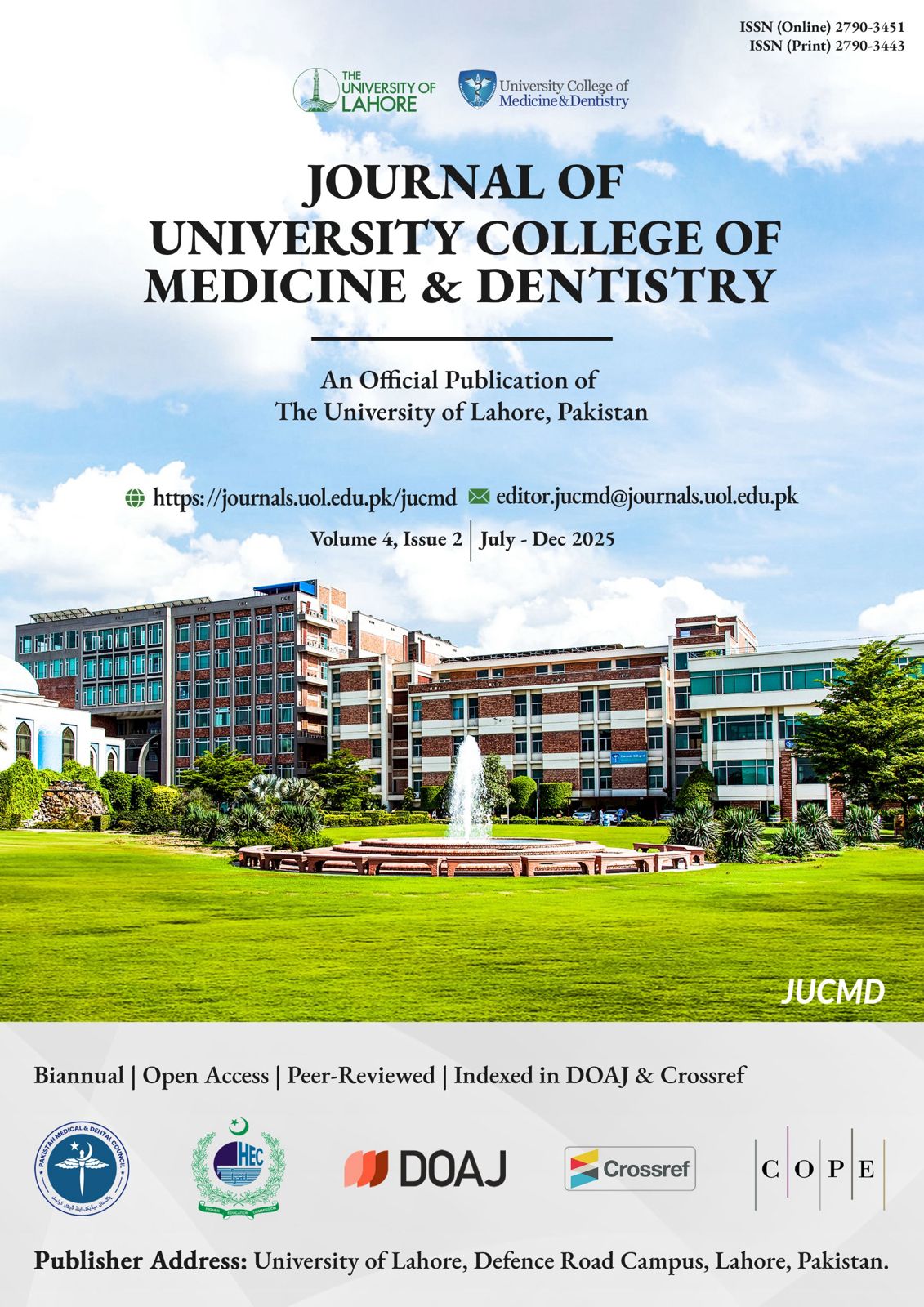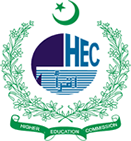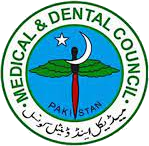The Future Role of Medical Teachers as Influencers
DOI:
https://doi.org/10.51846/jucmd.v4i2.4276Keywords:
Artificial Intelligence, Faculty Development, Educational Technology, Medical Education, Social MediaAbstract
In an era shaped by artificial intelligence (AI), digital transformation, and globalisation, the future of medical education is marked by uncertainty—but also by opportunity. This editorial explores how the roles of medical teachers must evolve to meet the expectations of new learner generations—Gen Z, Gen Alpha, and Gen Beta—who prefer personalised, AI-supported, just-in-time learning over traditional collaborative approaches. These learners increasingly study independently, driven by concerns like the Fear of Missing Out (FoMO) and a desire for up-to-date, tailored content.
Four key trends are transforming the educational landscape: solo learning preferences, the rise of Precision Medical Education, the shift toward blended and online modalities, and the tension between local accountability and global relevance. Revisiting AMEE Guide 20’s twelve traditional roles of medical teachers, the author argues that roles such as information provider, planner, and assessor may become obsolete or delegated to AI and digital platforms. In contrast, the roles of facilitator and role-model will endure, though in new forms. The future educator must take on the role of a global influencer, creating high-quality, concise digital content, guiding students through overwhelming content options, and fostering online communities. Success will be measured not by classroom attendance but by digital engagement, meaningful interactions, and the educator’s ability to advocate for professional identity and interprofessional education (IPE) and practice.
Ultimately, while AI will not replace medical educators, it will transform their roles to achieve a global impact beyond their institutions. Faculty development of future medical teachers must include digital fluency, content curation, and community building via online and social media platforms to stay relevant to the evolving landscape of medical education.
Published
How to Cite
Issue
Section
License
Copyright (c) 2025 Mohamed Mostafa Al-Eraky

This work is licensed under a Creative Commons Attribution 4.0 International License.
Authors retain copyright and grant the journal right of first publication with the work simultaneously licensed under a Creative Commons Attribution 4.0 International License that allows others to share the work with an acknowledgment of the work's authorship and initial publication in this journal.
Authors are able to enter into separate, additional contractual arrangements for the non-exclusive distribution of the journal's published version of the work (e.g., post it to an institutional repository, in a journal or publish it in a book), with an acknowledgment of its initial publication in this journal.
Authors are permitted and encouraged to post their work online (e.g., in institutional repositories or on their website) prior to and during the submission process.







